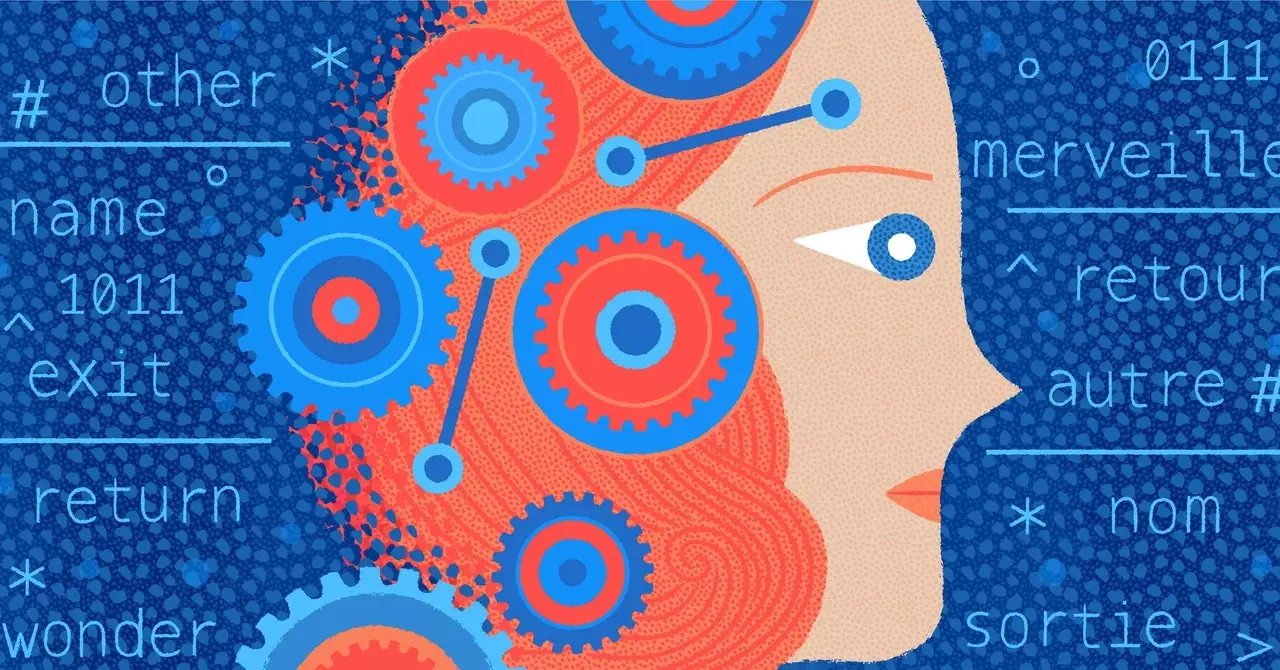When looking at the world through a computational lens, one can start to see patterns and processes that were previously hidden. Robert Oppenheimer, in the movie Oppenheimer, is challenged by Niels Bohr to not only see algebra as mere sheet music but to truly hear the music. Oppenheimer describes how he can feel the machine at work, even before he physically interacts with it. This innate sense of the machine operating, even without visual or auditory cues, allows him to see the computational aspect of various phenomena, from programming to everyday tasks like mailing a letter.
For Oppenheimer, a program is not just static code, but the embodiment of a living creature following his instructions to achieve a specific outcome. He describes how he can feel the machine humming along, updating variables, looping, branching, and searching until it reaches its final destination. This perspective transforms the way he views computation, turning it into a dynamic and almost organic process happening within the machine.
The concept of randomness, which may seem inscrutable at first glance, can also be viewed through a computational perspective. Seemingly random events, such as a coin flip, can be fully described by complex computational processes that take into account various variables like force, angle, and mass distribution. Whether it’s shuffling a deck of cards, rolling dice, or generating random numbers on a computer, all of these processes follow intricate algorithms that lead to seemingly unpredictable outcomes.
By understanding the computational nature of the world around us, we can start to bring order to what may seem chaotic or random. Oppenheimer’s perspective allows him to see patterns and processes where others may only see confusion. This ability to view the world through a computational lens can provide insights into phenomena that have puzzled humans for centuries.
The computational perspective presented by Robert Oppenheimer offers a unique way of looking at the world. By feeling the machine at work and understanding the underlying algorithms behind seemingly random events, it is possible to bring order and understanding to the seemingly chaotic nature of the world. This perspective can help us make sense of complex phenomena and appreciate the intricacies of the computational processes happening all around us.


Leave a Reply
You must be logged in to post a comment.